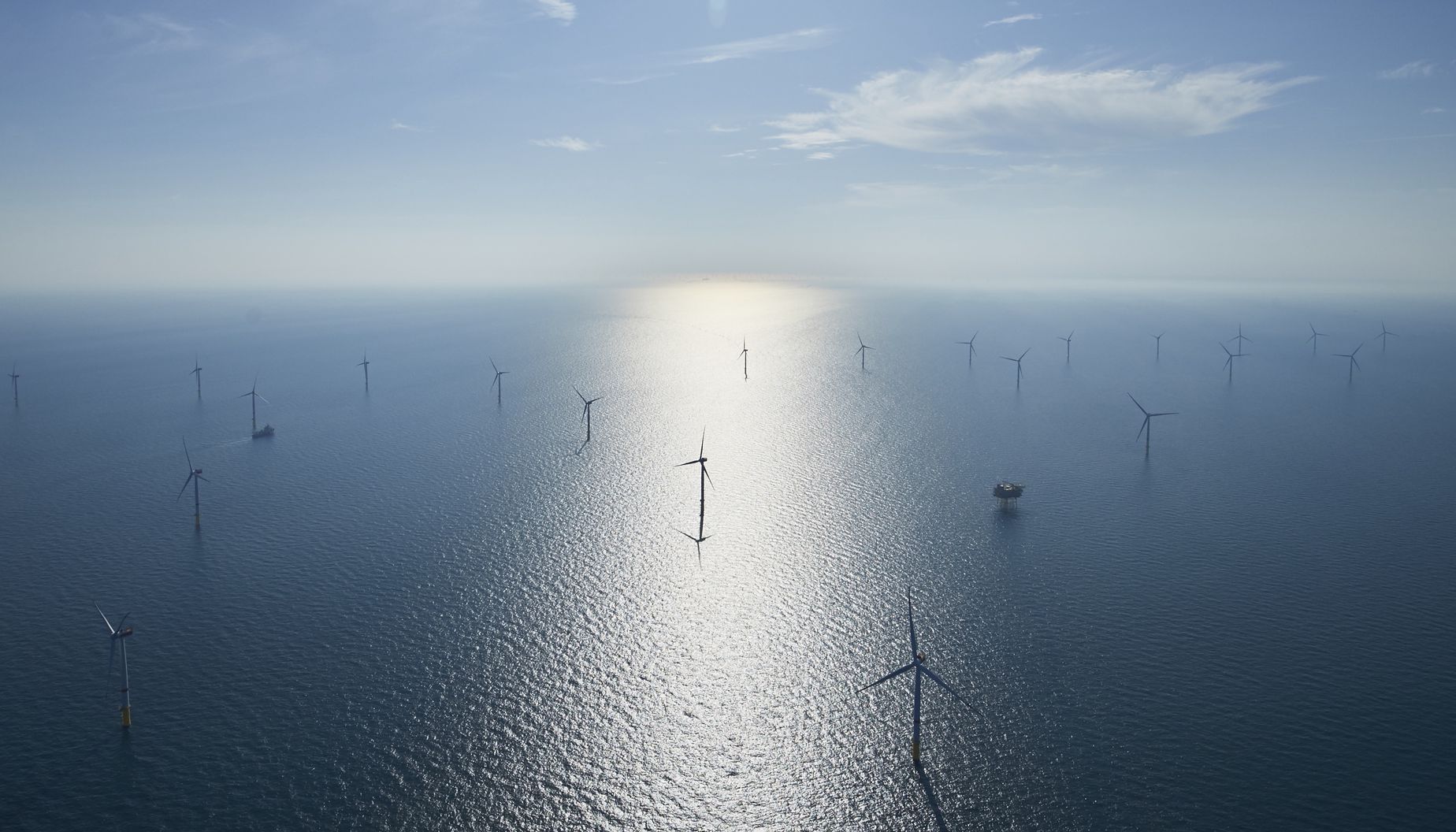Marlinks has won a contract to monitor the condition of cables for the Arcadis Ost 1 wind farm in Germany. Arcadis Ost is located in an area of the Baltic Sea with difficult seabed conditions. Topsoil accelerates the movement of the submarine cable into the lower soil layers and increases the risk of overheating. Using Real Time Thermal Rating, Arcadis Ost 1 can be sure that the temperatures of submarine cable conductors will be monitored with a high degree of accuracy, preventing the cable from overheating in normal and peak situations.
Arcadis Ost 1 is a 257 MW offshore wind farm in Germany. The wind farm is located in the Baltic Sea, northeast of the Rügen Island. The project is being built to the highest standards and will use state-of-the-art construction methods to install some of the world’s largest wind turbines.
Marlinks installed and tested all the necessary equipment in the substation while it was being assembled at the shipyard before shipping it out to sea. The Marlinks dashboard allows operators to continuously monitor cable core temperatures and has a built-in temperature warning system. At regular intervals, it will provide the Arcadis Ost 1 team with a report of possible actions to be taken. Marlinks, as a data service provider, understands the need for accurate equipment calibration and configuration. They therefore take responsibility for installing and testing the equipment to ensure the quality of the output data is sufficient for our modeling in each specific context of a new wind farm.
In the Baltic Sea, the bottom structure is not uniform, and the mobility of the seabed is very low. Therefore, the upper layer of the bottom is very soft. There is a risk that the cable will be buried too deep in the ground and get too hot. For this reason, it is necessary to use the RTTR system during the implementation of this project.
Source: Marlinks














